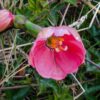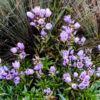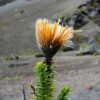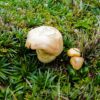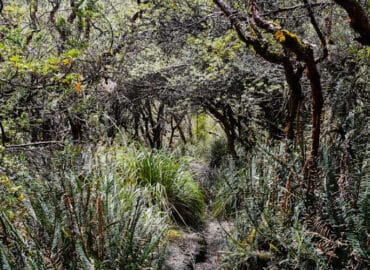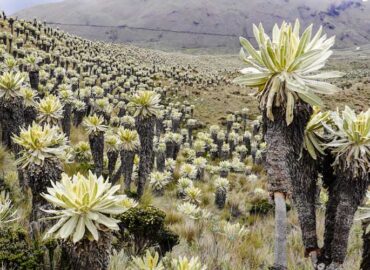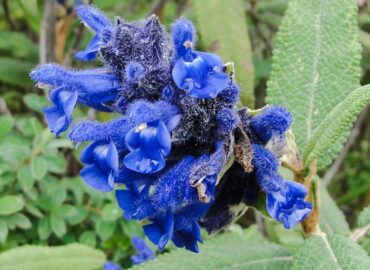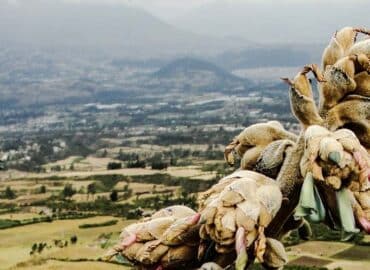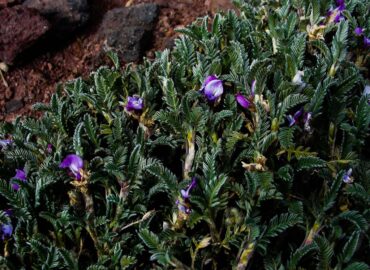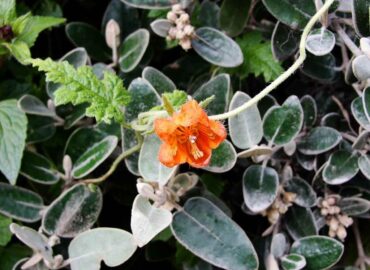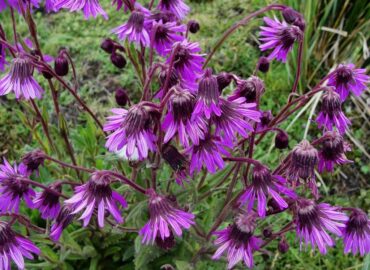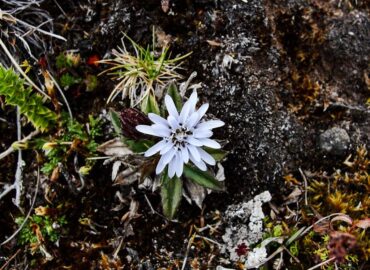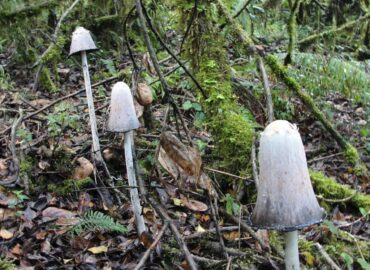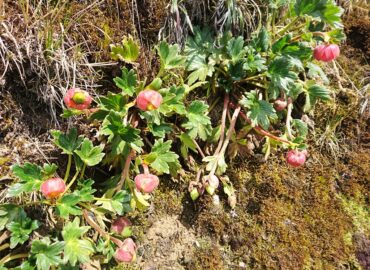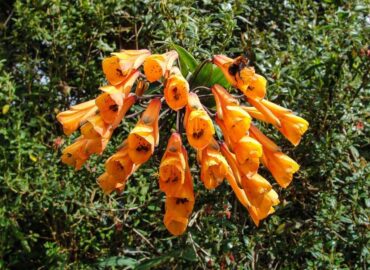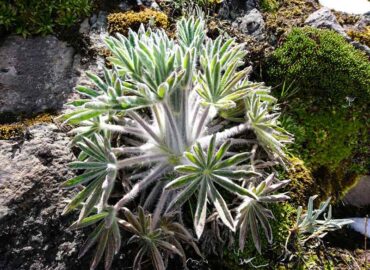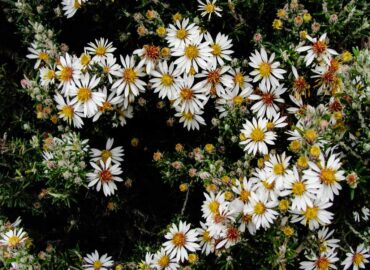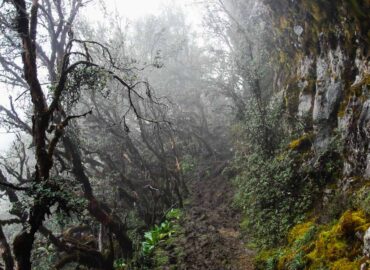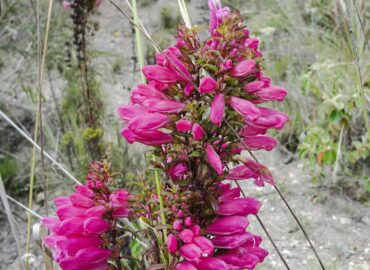Flora of the Ecuadorian Highlands
Description
We refer to the Ecuadorian highlands as “paramos”, located at an elevation between 3,800 and 4,800 meters. The flora that grows in these lands can vary greatly depending on the area where it's located, from desert areas with little vegetation, to very humid areas where the water has pooled in countless lagoons and the vegetation has grown abundant and diverse.
If there is something that can identify all the Ecuadorian “paramos”, it's the abundance of creeping plants, especially the common straw (calamagrostis Sp, Stipa Sp), which has been widely used by indigenous communities for the construction of huts and tambos, and to provide grazing for their flocks.
Cold is another peculiarity of the “paramos”, as at night the temperature can drop below freezing, often accompanied by rain and fog. Although it is truly a land of extremes, as the temperature can exceed 20 degrees on hot days, when the sun beats down with great intensity.
Another characteristic of the “paramos” is its little use for agricultural and livestock work, which is why it's sparsely inhabited and this has contributed to its greater conservation. In contrast, its immeasurable value has been demonstrated as the largest suppliers of water for cities and the irrigation of agricultural fields. Its variety of "sponges" absorb and retain precipitation, and slowly release the liquid, feeding springs and rivers.
Or to find out the flora on each mountain:

